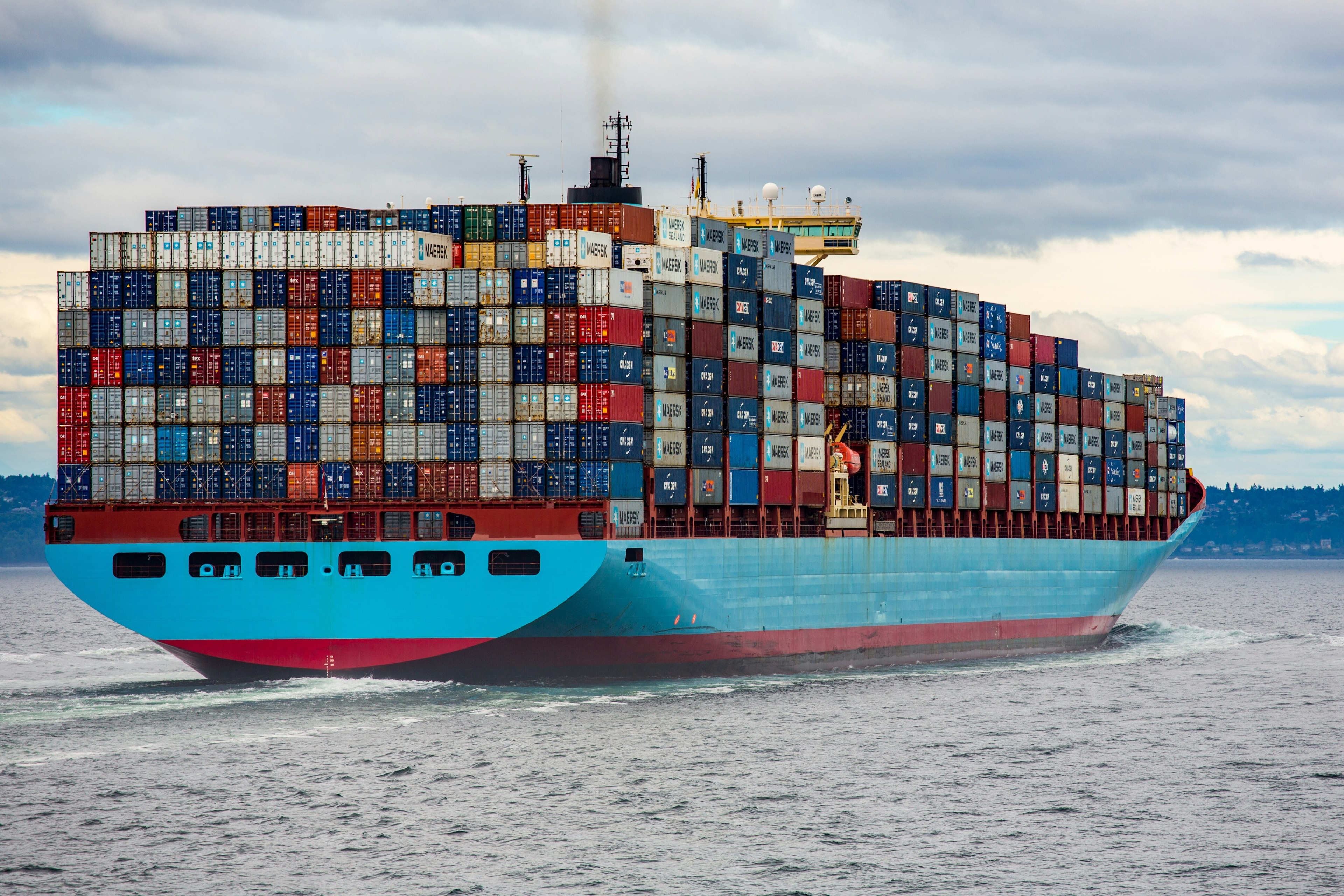Four future scenarios for trade and investment. Which one will win?

Bright prospects - or storm clouds? It's a turbulent time for trade policy
Image: REUTERS/Darrin Zammit Lupi
Anabel González
Vice President for Countries and Regional Integration, Inter-American Development BankStay up to date:
Trade and Investment
The global policy outlook for trade and investment has darkened over the past year. Trade conflict is proliferating while structural challenges have deepened. Business sentiment is on the decline. The tariff has returned as a tool for managing trade relations and triggered tit-for-tat retaliation. The World Trade Organization (WTO) could be at risk.
Reliance on unilateral and bilateral inter-governmental mechanisms risks the world moving to a power- rather than rules-based approach. Uncertainties associated with these tensions have already hit business and investor confidence. Large disruptions to global value chain operations could occur.
Where might these forces lead us? Are we headed for a normalization of trade wars, or will leaders find a way to cooperate? Will cooperative arrangements be in the form of open frameworks or exclusive clubs? How might technological change interact with broader geopolitical dynamics to shape the future of global trade and investment?
The World Economic Forum Future Council on Trade and Investment outlines four scenarios the world might move into, depending on key geopolitical and economic factors. Geopolitically, will major countries choose to cooperate on trade and investment or opt for a ‘unilateral’ path? Economically, will businesses experience high or low ease of trade?

(1) Open International Rules: In the most optimistic scenario, countries come together to cooperate, and trade flows move easily across borders. Major economies jointly commit to address points of conflict and collaborate to revitalize the WTO through ‘plurilateral’ negotiations, with significant contributions from both advanced and larger emerging economies. The global agenda is daunting but action is taken on major issues: modernizing trade rules; minimizing distortions created by unfair subsidies; governing digital trade; addressing unresolved issues in agriculture and services; strengthening the WTO’s monitoring and dispute settlement functions.
Public and private stakeholders also collaborate to strengthen mechanisms for investment governance across different international platforms. Likewise, trade policymakers build cooperative mechanisms with other policy communities on relevant issues such as data flows, cybersecurity and the environment, laying coherent global governance foundations for innovation, growth and productivity gains.
(2) Competing coalitions: Here, countries cooperate, but much of it is shaped by emerging deep structural rifts over the role of the state in governing data flows, investment and advanced industrial technology that holds national security applications. Amidst these differences, trade and investment flows are directed by political intervention rather than price signals, and pressure comes to bear on multinationals to restructure and localize value chains.
It becomes impossible to make progress within the WTO and multilateral governance is supplanted by closed regional blocs. Heightened concerns over the geopolitical and security implications of investment result in the bifurcation of investment flows (China versus the US, the EU and Japan). The movement of information across borders is also subject to divergent governance regimes.
Some regions – such as sub-Saharan Africa, South-East Asia and Latin America – and global businesses become caught in between different spheres of influence. In a zero-sum dynamic, individual countries come under pressure to lean towards one bloc over another, with negative repercussions for geopolitical stability, economic development and global governance.
(3) Technological Disruption: In the third scenario, countries act unilaterally rather than cooperatively, but technological innovation races ahead of regulation. A borderless world is created for some, while others face wide-spread uncertainty and inefficiencies. Firm-led disruption creates pockets of radical innovation with the potential for winner-take-all profits. Small and medium sized enterprises, however, may become disadvantaged by high barriers to entry in some technologies and greater fragmentation in the global economy.
While first-mover benefits in any given industry might be out-sized, these advantages combined with the lack of strong global intellectual property (IP) protection norms generates incentives for theft and other forms of economic espionage. Fragmented regulatory frameworks for data flow governance raise cybersecurity risks and costs.
Investment flows that are dependent on long-term predictability are likely to be dampened. Small businesses and consumers in weaker economies might lose access to the latest technologies and services. Conflict between governments may also increase. Without multilateral options for rules-based dispute resolution, differences will be settled on power considerations, generating yet more uncertainty and higher business costs.
(4) Sovereignty First: In this worst-case scenario, unilateral action and a high frequency of economic conflict leads to a normalization of trade wars between major economies. Trade and investment issues become political weapons in broader geopolitical competition. The uncertainty and instability associated with entrenched economic conflict drains investment flows and business confidence. Without investment and facing high barriers to knowledge exchange, firms cannot innovate. Deep disruptions occur in global value chains, potentially leading to reshoring or de-globalization.
The global economy slides into protracted decline not seen since the Great Depression, creating major domestic challenges for most countries. These challenges include higher costs for consumers and rising unemployment, as well as domestic unrest. As major powers turn inwards to deal with domestic crises, populist and protectionist sentiments drive up the risks of international conflict. Limited options for orderly dispute resolution at the international level deepen the risks of long-lasting economic decline.
While these scenarios have been drawn in stark terms to sharpen the risks and trade-offs involved, there is an urgent need to reflect on potential consequences in each. We need global leadership to stop a potential slide into a global economic downturn that might take generations to recover from.
Don't miss any update on this topic
Create a free account and access your personalized content collection with our latest publications and analyses.
License and Republishing
World Economic Forum articles may be republished in accordance with the Creative Commons Attribution-NonCommercial-NoDerivatives 4.0 International Public License, and in accordance with our Terms of Use.
The views expressed in this article are those of the author alone and not the World Economic Forum.
Forum Stories newsletter
Bringing you weekly curated insights and analysis on the global issues that matter.
More on Trade and InvestmentSee all
Mekhla Jha
September 15, 2025
Kimberley Botwright and Stijn Van Doorn
September 15, 2025
Nagendra Bandaru
September 8, 2025







